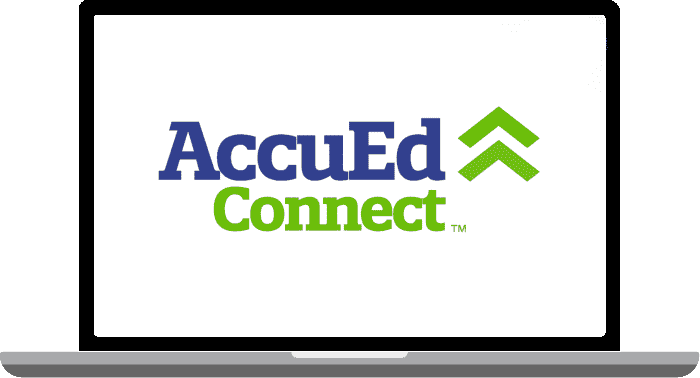A 16-year-old boy told his father a story that was upsetting him. He had asked his friend, “What do you plan to do for a career in the future?” “I have no idea,” his friend replied. “Maybe I’ll just continue to work with my uncle.” That was a fallback option; not one driven by a sense of purpose or passion, writes Roman Stearns, executive director of Scaling Student Success, a California partnership dedicated to educating the whole child, in an article in EdSource.
“The fact is, the vast majority of young people go through school without a sense of purpose. Our school system does not foster it. Most schools and districts remain compliance-focused and attend narrowly to the flawed set of outcomes represented by our state’s accountability system, like test scores, attendance rates, suspensions, etc.
“There are exceptions. In California, we have many examples of innovative teachers, schools, and even entire districts that are fostering student purpose exceptionally well. The problem is, these examples sit as islands of excellence in a sea of mediocrity.
“In Cajon Valley Union School District, their vision is “Happy kids, in healthy relationships, on a path to gainful employment.” The vision is unusual in two ways: First, it’s rare for a K-8 district to focus on employment, and second, it says nothing about academic achievement.
“Yet, it’s truly visionary because it makes a calculated assumption that, if kids find joy at school and in learning, if they feel a sense of belonging and trust from being in healthy relationships with peers and adults, and if they know themselves well enough to have a purpose and direction for their futures, then they will learn. The vision includes an understanding of psychology and treats students as humans, rather than as parts on an assembly line.
“At Bostonia Global high school, students are in advisory with a known and trusted adult for a full eight hours per week, including time at the beginning and end of every day. They build strong and trusting relationships with their adviser and peers, and have a forum for exploring their identities, working through social-emotional challenges, setting goals, pursuing their college and career interests, and making plans for the future. Their “classes” are more like workshops with extended periods of time to delve into projects based on their interests and/or in service to their school and community. They feel like learning is relevant and purposeful. And for that reason, they show up.
“Through their World of Work program, kids come to know their strengths, interests and values. Through their TEDxKids@ElCajon program, students have freedom to pursue and articulate their passion.
“Anaheim Union High School District has developed the Career Preparedness Systems Framework that blends three driving forces: giving students voice and purpose; promoting a set of durable skills, called the “5Cs” — collaboration, communication, critical thinking, creativity and compassion; and teaching students technical skills needed to succeed in the world of work. Students see relevance in many ways. They participate in career pathways aligned to their interests. They pursue projects of personal value and in service to their community.
“In Porterville Unified School District, about 4 of 5 high school students opt to participate in one of 14 open-access “linked learning” pathways across multiple fields, including engineering, hospitality, law and justice, multimedia, environmental science, agriculture, business and finance, and health. Through these pathways, students pursue their interests by doing interdisciplinary projects, participating in internships, running student enterprises and connecting with industry mentors.
“All of these case studies are organized to foster students’ curiosity, exploration and pathway interests. They honor students’ identities, cultures and languages. They nurture trusting relationships and a sense of belonging. And, they give students a voice in what they learn, a choice in how they learn and demonstrate their competency, and agency to take ownership over their learning journey.
“Don’t assume that all young people have the inclination, capacity and support to learn with a sense of purpose. Until we shift to a system that is increasingly student-centered, equitable, and competency-based, too many students will lack purpose. And that lack of purpose will continue to feed chronic absenteeism, flat test scores and other challenges that ail the education system”
EdSource






